Irish cuisine holds a treasure trove of flavors, with its traditional foods offering a unique taste experience. Among these, the Irish rasher stands out as a beloved and quintessential element. But what is an Irish rasher, and how does it differ from the typical bacon and sausages we know? This article dives deep into the world of Irish rashers, exploring their history, preparation, and why they’ve become a staple in Irish breakfasts and beyond.
Understanding the Basics
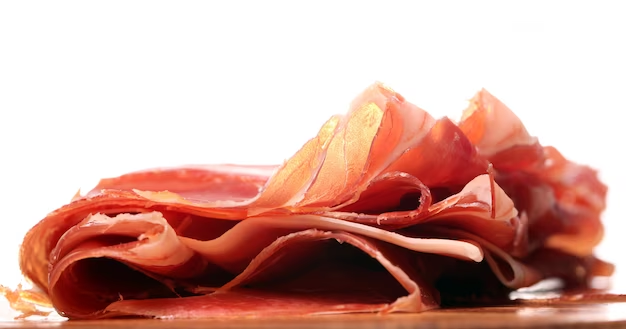
Before we dive into the intricacies of Irish rashers, let’s start with the fundamental question: What exactly is an Irish rasher? In simple terms, an Irish rasher is a type of bacon slice that is traditionally cut from the back of the pig. This distinguishes it from American bacon, which is typically cut from the belly of the pig. This distinction in the cut of meat leads to several noteworthy differences in terms of texture and flavor. Here are the key characteristics that set Irish rashers apart:
- Cut: Irish rashers are cut from the back of the pig.
- Texture: They are leaner and have a meatier texture compared to American bacon.
- Flavor Profile: Irish rashers offer a unique flavor profile, characterized by a subtle blend of salty and sweet notes. They are less fatty in taste when compared to American bacon.
Historical Background
The term ‘rasher’ has its origins in Old English, where it initially referred to any thin slice of meat. In the context of Ireland, pork has been a dietary staple for centuries, and the process of curing pork to create rashers has deep-rooted traditions. Irish rashers gained particular prominence as an essential component of the traditional Irish breakfast.
Preparation and Cooking
Cooking Irish rashers is considered somewhat of an art form, with attention to detail being key to achieving the perfect taste and texture. Here are some essential aspects of preparing and cooking Irish rashers:
- Cooking Methods: Irish rashers are commonly prepared using two main methods – grilling and frying.
- Heat Level: The secret to cooking perfect Irish rashers is to use medium heat. This moderate heat allows for the ideal balance between achieving crispiness on the outside while maintaining tenderness inside.
- Texture: Unlike American bacon, which is often known for its crispy texture, Irish rashers maintain a meatier and more substantial bite.
To further understand the differences, let’s compare Irish rashers with American bacon in a table:
| Characteristic | Irish Rashers | American Bacon |
| Cut | Back of the pig | Belly of the pig |
| Texture | Lean and meaty | Crispy and thin |
| Flavor Profile | Subtle blend of salty and sweet | Salty and smoky |
| Cooking Method | Grilling or frying | Frying or baking |
| Fat Content | Lower | Higher |
A Closer Look at Irish Bacon and Bangers
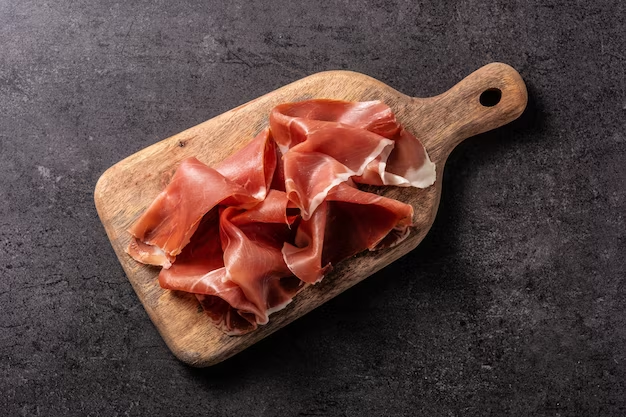
While exploring what an Irish rasher is, it’s impossible to ignore its close cousins: Irish bacon and bangers.
Irish Bacon
Irish bacon shares several similarities with Irish rashers, but it’s a larger cut that includes both the loin and a portion of the belly. This difference in cut results in a product that is meatier and less fatty compared to the typical streaky bacon you might be familiar with.
- Cut: Irish bacon consists of both the loin and belly of the pig.
- Texture: The texture of Irish bacon is notably meatier than streaky bacon, offering a satisfying and substantial bite.
- Flavor: Irish bacon boasts a rich and savory flavor profile. It’s less focused on the salty aspect and more on the overall savory experience.
Irish Bangers
Often found accompanying Irish rashers in a traditional Irish breakfast are Irish bangers. These sausages are renowned for their distinctive blend of spices and a higher rusk (bread) content, resulting in a unique texture and flavor that sets them apart from other sausages.
- Ingredients: Irish bangers typically consist of a mixture of pork, various spices, and a higher proportion of rusk, which is a form of breadcrumbs. This combination gives them a distinct taste and texture.
- Texture: When cooked, Irish bangers exhibit a slightly crumbly yet tender texture. The increased rusk content contributes to this unique mouthfeel.
- Flavor: The flavor of Irish bangers is characterized by a mild spiciness combined with a savory undertone. It’s not overly spicy, allowing the natural pork flavor to shine through.
To better understand the differences among these Irish breakfast staples, let’s compare them in a table:
| Characteristic | Irish Bacon | Irish Rashers | Irish Bangers |
| Cut | Loin and belly | Back of the pig | Ground pork mixture with rusk |
| Texture | Meatier than streaky bacon | Meatier and substantial | Slightly crumbly and tender |
| Flavor | Rich and savory | Subtle blend of salty and sweet | Mildly spiced and savory |
Culinary Uses and Pairings
Irish rashers are incredibly versatile in the kitchen. They’re a staple in the traditional Irish breakfast, typically served with eggs, tomatoes, black and white pudding, and Irish bangers. However, their use extends beyond breakfast.
Breakfast and Beyond
- Traditional Irish Breakfast: The most iconic use of Irish rashers is in the traditional Irish breakfast. They are typically served alongside eggs, sausages, black and white pudding, and Irish bangers, creating a hearty and satisfying morning meal.
- Sandwiches and Burgers: Irish rashers can elevate the flavor of sandwiches and burgers. When cooked to perfection, they add a savory depth that pairs wonderfully with a variety of bread, vegetables, and condiments.
- Salads and Soups: Chopped or crumbled Irish rashers can serve as a delightful addition to salads and soups. They provide a meaty crunch to salads and infuse soups with a rich, smoky flavor. In particular, they work well in hearty, creamy soups like potato leek soup or clam chowder.
Pairing with Beverages
- Tea: A classic choice for pairing with Irish rashers is a cup of Irish breakfast tea. The robust and slightly astringent notes of the tea complement the savory flavors of the rashers, creating a harmonious balance on the palate. This combination is often enjoyed during breakfast or brunch.
- Beer: For those who prefer a more spirited pairing, Irish rashers can be enjoyed with a glass of beer. The saltiness of the rashers pairs nicely with the malty and roasted flavors of stouts or ales. It’s a combination that can be appreciated during various occasions, from casual gatherings to pub-style meals.
Cooking Tips
When working with Irish rashers, it’s essential to consider the following cooking tips to bring out their best qualities:
- Cooking Method: Rashers are commonly grilled or fried. Cooking them over medium heat is key to achieving the perfect balance of crispiness on the outside and tenderness inside.
- Thickness: The thickness of the rashers can vary, so adjust your cooking time accordingly. Thicker rashers may require slightly longer cooking to ensure they are thoroughly cooked through.
- Bacon Fat: While Irish rashers are leaner than some other types of bacon, they still release flavorful bacon fat when cooked. This bacon fat can be used for frying other ingredients or for adding depth to sauces and dressings.
Nutritional Information
Understanding the nutritional content of food is essential for making informed dietary choices. Let’s delve into the nutritional information of Irish Rasher per 100g. Please keep in mind that the actual nutritional values may vary based on factors such as preparation methods and added ingredients.
Calories
Calories are a measure of the energy provided by a food item. One hundred grams of Irish Rasher provides approximately 250 calories. This energy is derived from the macronutrients present in the rasher, primarily protein and fat.
| Nutrient | Description | Per 100g of Irish Rasher |
| Protein | Protein is a crucial nutrient for the body, playing a role in muscle development, repair, and various metabolic processes. In 100g of Irish Rasher, you’ll find a substantial 20g of protein. This makes it a notable source of dietary protein, particularly for those looking to meet their protein intake goals. | 20g |
| Fat | The fat content in Irish Rasher can vary, but on average, it contains around 20g of fat per 100g. The variability in fat content may be due to factors like the cut of meat used and any additional fats or oils used during cooking. It’s worth noting that fats provide essential fatty acids and contribute to the flavor and texture of the rasher. | 20g (Varies) |
| Carbohydrates | Irish Rasher is relatively low in carbohydrates, with just 1g per 100g serving. This makes it a suitable choice for those following low-carb diets or individuals who are monitoring their carbohydrate intake. The low carbohydrate content also helps keep the total calorie count moderate. | 1g |
| Sodium | Sodium is a mineral found in salt and plays a crucial role in maintaining fluid balance and nerve function in the body. In 100g of Irish Rasher, there is approximately 1.5g of sodium. It’s important to be mindful of sodium intake, as excessive consumption can contribute to high blood pressure and other health issues. | 1.5g |
Factors Affecting Nutritional Values
As previously mentioned, the nutritional values provided here are approximate and can vary based on several factors:
- Preparation: The method of preparing Irish Rasher, whether it’s pan-fried, grilled, or baked, can influence its nutritional content. Different cooking techniques may result in variations in fat content and overall calorie count.
- Added Ingredients: The inclusion of seasonings, marinades, or sauces can alter the nutritional profile of the dish. Ingredients like marinades with high sugar or sodium content can impact the final nutritional values.
- Cut of Meat: The type of meat used for the rasher can also affect its fat and protein content. Leaner cuts will have lower fat levels, while fattier cuts will have higher fat content.
Conclusion
Understanding what an Irish rasher is opens up a world of culinary exploration. These savory slices of pork are more than just a breakfast item; they’re a delicious part of Irish heritage that continues to delight palates around the world. Whether you’re enjoying them in a traditional fry-up or experimenting with them in new dishes, Irish rashers offer a unique and delectable taste experience.
FAQ
Q1: How do Irish rashers differ from American bacon?
A1: Irish rashers are cut from the back of the pig, making them leaner and meatier compared to the belly cut of American bacon.
Q2: Can Irish rashers be cooked in the same way as American bacon?
A2: Yes, but they are best cooked over medium heat to maintain their texture and flavor.
Q3: Are Irish rashers suitable for those on a low-fat diet?
A3: While leaner than American bacon, they still contain fat, so moderation is key.
Q4: Can Irish rashers be used in vegetarian dishes as a flavor enhancer?
A4: No, Irish rashers are pork-based and not suitable for vegetarian dishes.
Q5: Are there any specific spices or herbs that complement Irish rashers?
A5: Herbs like thyme and sage, and spices like black pepper, enhance their flavor.
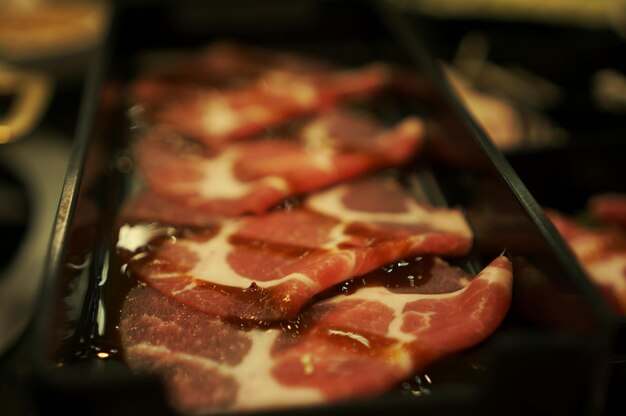
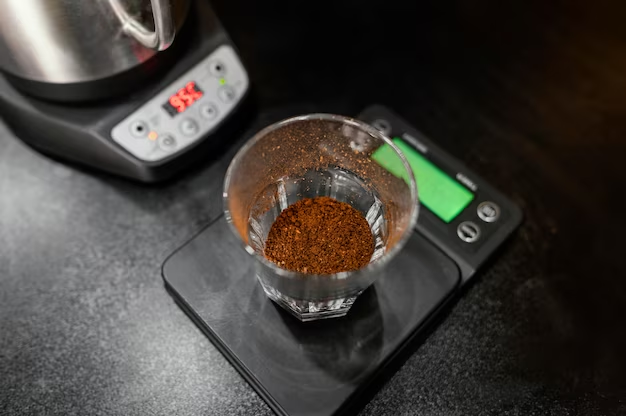

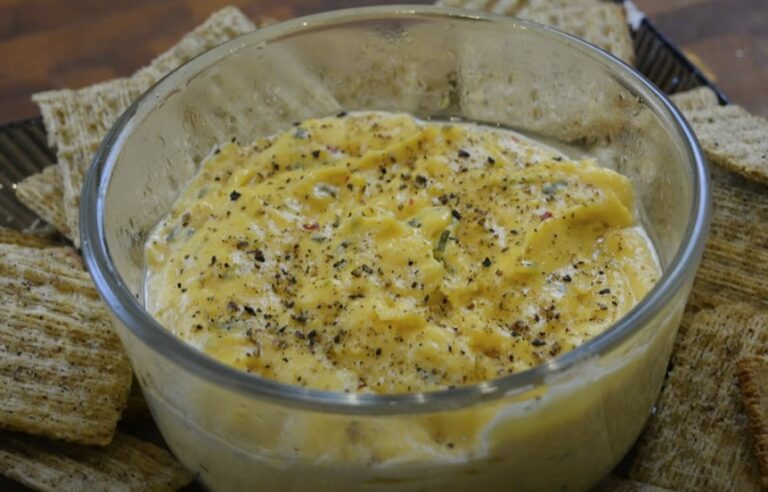



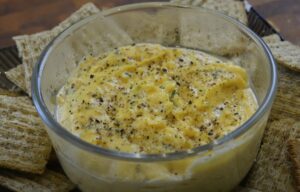



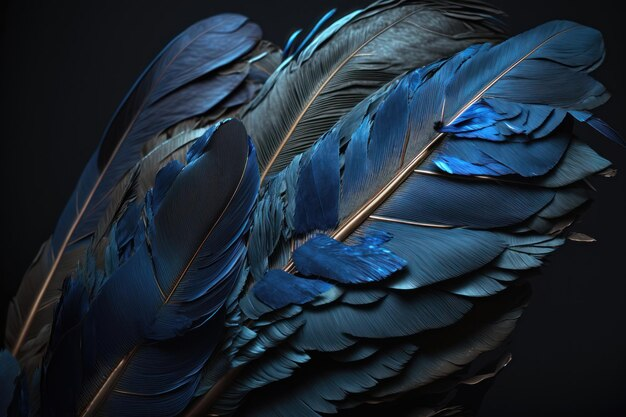
+ There are no comments
Add yours